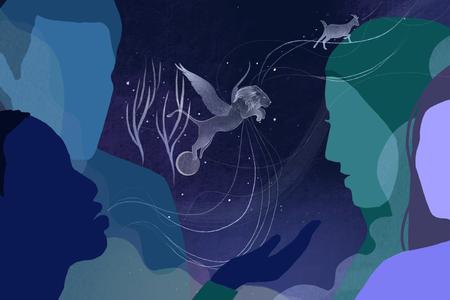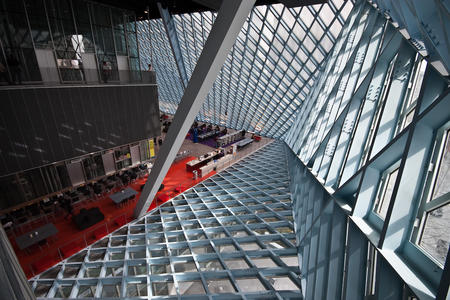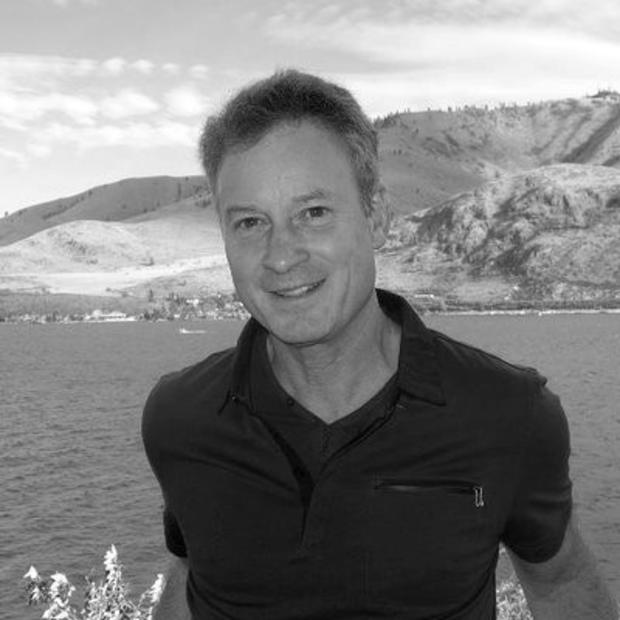The question I often get from people new to the city where I was born is: Why do people so love the decidedly retro written word in a technopolis, a place so gleaming with digital distractions and digital aggressions? The answer is simple, though it took an outsider to say it most elegantly. The British-born writer Jonathan Raban, who dropped anchor off our shores about 30 years ago and never left, said Seattle is the only big city in the world that people move to in order to get closer to nature. I would elaborate on his fine words with the added note that Seattle is also the only city in which you can see three national parks — Olympic, North Cascades, Mount Rainier — from a good perch in a downtown skyscraper on a clear day.
This is the second of two excerpts Crosscut is publishing from the book Seismic: Seattle, City of Literature, a collection of essays that examines what it means for Seattle to be a UNESCO City of Literature.
Nature, in the form of the predominant gloom that pervades our skies for much of the year, forces us inward — to a creative frontier that matches the geographic one. Thus, an obscure poet at a midweek reading on a winter’s eve, hoping for an audience beyond a few bookstore employees, will be happily shocked to find the room packed. People in Seattle love to come in out of the rain and tell stories, or to hear them. And nature, because it still surrounds the city, because it still defines the city in things like an urban salmon run or orcas breaching in waters close to the metro area (both endangered), prompts pulse-raising trauma about how quickly this planet could die. When wildfires rage in the forests around us, the air in the city is a choking reminder that all the latest material comforts in a prosperous city cannot shield you from an overheated world.
Nature is not an abstraction in this City of Literature. It’s elemental to who we are — the quirks, the passions, the aspirations. It defines us and our literary imagination.
The second thing is isolation. It still means something to be at the far edge of the continent — to be considered “out there,” in the most northern and western big city in the Lower 48, away from the mainstream, away from the heartland, away from anything that came before it. With isolation comes liberation, a sense of why not? You see this in our music, our theater, our visual arts, our love of film fests, our architecture and, of course, the books that blossom from the many seeds of Seattle’s peculiar insularity. At the edge, failure is an option, because to try greatly and fail means that you attempted something original. For such an effort, if I can generalize, you will not be shunned in Seattle.
I see some similarities to Ireland, the country of my ancestors, another place at land’s end under sullen skies. Through song, verse, fiction and polemics, the Irish use storytelling to make sense of their lives and as a force for change. The Irish love their writers. But also, there’s a long history of poets of sedition.

Though Seattle could not match its sister city of Galway in number of authors forced to the gallows by colonial overlords for the crime of free speech, the city’s chroniclers do not hold their tongue when picking a just fight. On first glance, Seattle is a city of reserve, of hushed exchanges in polite settings. This is a misreading. Argument, loud and occasionally inchoate, is a more pronounced character trait.
But our politics are not always consistent. Seattle is the largest city in the world named for a Native American — the indefatigable Chief Sealth, of the Duwamish and Suquamish, whose name was softened by those who pushed his people aside. The honorific did not extend to the most basic human right: Early on, the city passed a law making it crime for a Native to live in the place where Sealth’s ancestors had been living for centuries.
Recognition of that dark past forms part of the reason why Seattle has — in the modern age, at least — opened its doors to refugees, immigrants and outsiders of all stripes. They join a steady flux of new arrivals remaking the city by the day, people who might occasionally look at the sky with the same sense of wonder as Sealth did. Change is a constant in Seattle. Blink and you miss a remake of the skyline. What is changeless in this lovingly odd, lyrically defiant City of Literature is the belief that narrative can keep us whole.
Editor's note: The online release party for 'Seismic: Seattle, City Of Literature' is happening on Tuesday, Sept. 15 at 7 p.m. Register here.
Get the latest in local arts and culture
This weekly newsletter brings arts news and cultural events straight to your inbox.





